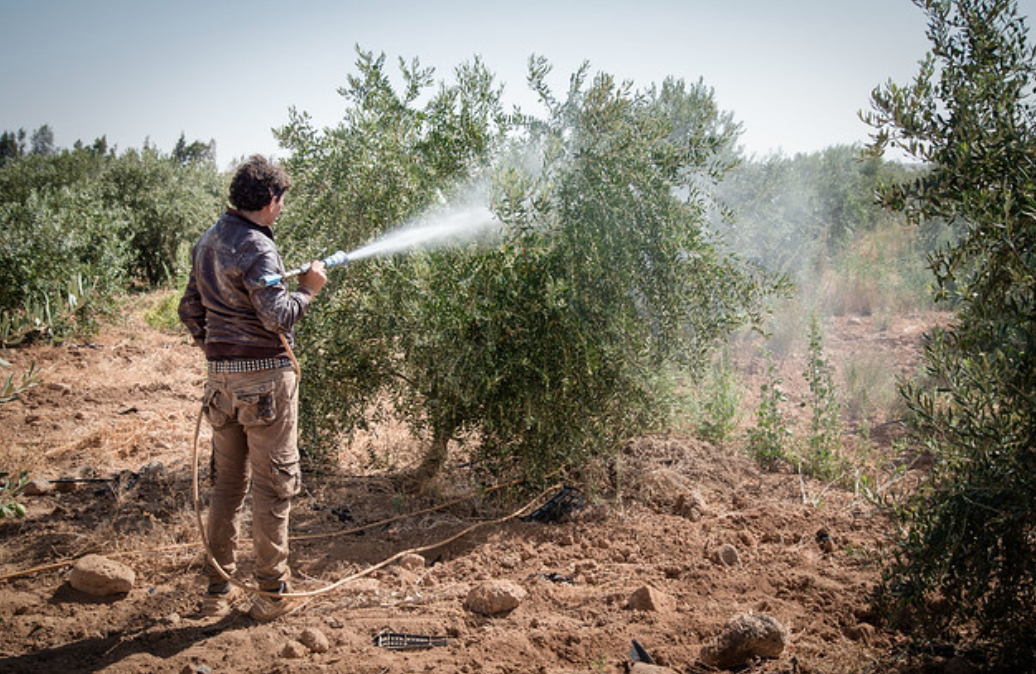
The MENAdrought project is focused on strengthening in-country capacity and locally-led development to create an enabling environment, and the latest digital data advances for improved drought management, while catalyzing sustainable, enterprise-driven enhancement of drought resilience.
Project outcomes:
1-Enhance in-country capacity to develop and use drought monitoring/early warning systems to support early responses by the disaster risk agencies in Jordan, Lebanon and Morocco
2-Further empower in drought risk planning and management the leadership of the national governments, based on informed analysis and participatory-based action preparations
3-Strengthen capacity among drought crisis, water and agricultural managers to provide affected communities with guidance and training in mitigation solutions including resilient agricultural practices
4-Enhance awareness and capacity at the national and regional levels to manage drought impacts through proactive planning and effective implementation of resilient management technologies and practices
Project Strategy:

The project relies on the three-pillar approach of the Integrated Drought Management Program developed by the National Drought Mitigation Center at Nebraska University, a key partner in the project.
- Pillar 1: Monitoring Early Warning Systems
Since drought affects countries and sub-national regions in distinct ways, IWMI is developing map-based monitoring systems using an enhanced-Composite Drought Index (eCDI) to expose drought impacts on both irrigated and rainfed water resource systems. This includes experimenting with new data sets such as for soil moisture or evapotranspiration to maximise the accuracy of the monitoring. In parallel, the project will establish country-specific early warning systems to predict the likely onset of drought conditions over the next 1-3 months, in order to enhance the preparedness and resilience of farmers, water/weather/agriculture managers, and policy-makers. The CDI is already in operational use in Morocco, and helps the government declare drought in important areas of transhumance and to issue permits to manage the grazing of the various groups within them.
- Pillar 2: Vulnerability and Impact Assessments
To effectively target policy and planning actions, it is crucial to know which communities, economic sectors and environments are most impacted by droughts, and explore the reasons why they are particularly vulnerable. By examining the economic, gendered and social costs of drought in each of the project countries through extensive field data collection and document reviews, the resulting insight will inform and orient drought governance, planning and polices, as well as investments in infrastructure, institutions and information systems needed for enhanced drought management.
- Pillar 3: Mitigation, response and preparedness
The work under this pillar focuses on the design and drafting of drought policy and action plan interventions to support preparedness, response and longer-term mitigation in the three countries through a multi-ministerial, multi-disciplinary “write-shop” participatory approach. This drafting will bring together the better understanding of the interlinkages between droughts hazards, their impacts and underlying vulnerabilities developed in Pillars 1 and 2 to inform targeted, cost-effective and sustainable mitigation policies, preparedness plans and responses that has local ownership and enabled governance. As part of this there will also be studies on the possibilities offered by drought insurance, water accounting and in developing water and agricultural technology packages that can help build resilience to drought.






